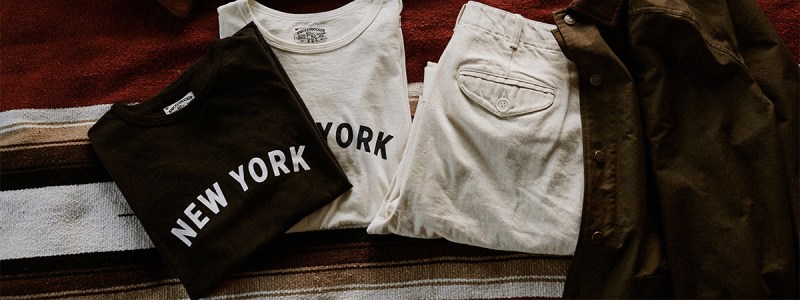
The Queens-based company began in 2013 when founder Andrew Livingston started working with an old hat factory, Watman Headwear Corp., and was eventually asked by its aging owner to purchase and take over the facility in the Ridgewood section of NYC. Livingston partnered with pals Dan McRorie and Kyle Mosholder and the three raised enough money via Kickstarter to acquire the plant, which was initially meant to be resource for private label brands and local designers.
However, it soon launched its own fantastic men’s line, Knickerbocker, which is now sold directly online and in boutiques worldwide. Knickerbocker offers a splendid, highly wearable collection of shirts, vests, outerwear, pants, sack suits, hats, and other accessories that are often inspired by traditional workwear.
Livingston recently shared the story behind this “passing of the torch” and explained what makes his brand so unique and special….
What is the Knickerbocker brand best known for?
On a product level, it’d have to be our Athletic Wear, chinos and chore coats. As a whole though, I think many people have become aware of us because we have a strong identity. We remain creative and experiment to keep things interesting while also remaining consistent from inspiration to final execution. I think at a time when so many brands have flooded the marketplace your consistency becomes an integral part of your longevity as a brand.
We stay true to who we are and people want to know they can count on you for that. In this way, our brand takes on many human characteristics and character is what we all need more of.
What are some of your favorite/key items in the current collection?
I stick to my service chinos, tube tee and type I denim jacket most days. They’re classics I can mix and match with pretty much any other vintage I’ll wear.
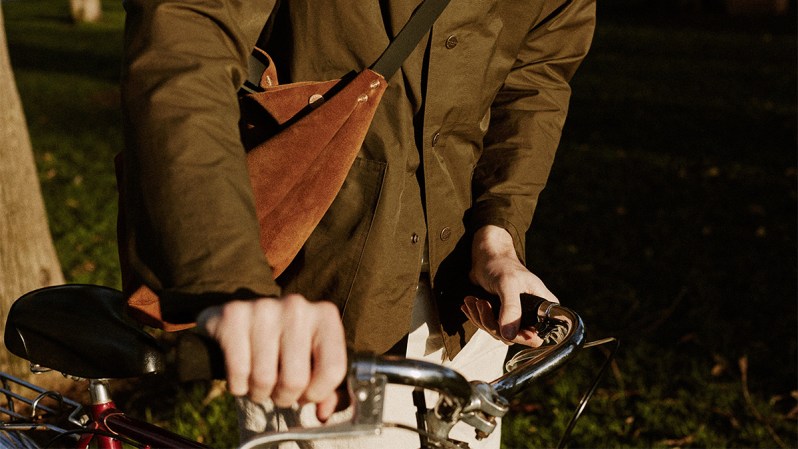
Who is Knickerbocker’s “typical” customer?
Most of our guys fall into the 25 to 34 range and are based in a metro area. We are seeing more and more from customers outside of the metro area however.
The guys that come to us generally share the same ideal of less is more. In return we try to provide them with items of versatility.
What sets the brand apart from other collections?
First and foremost would be that we own our production. Parts of the line are produced out of house but for the most part it all happens on our factory floor. We have a transparency with our customer 99 pecent of brands can’t share. We experiment more, fail fast, and learn quicker.
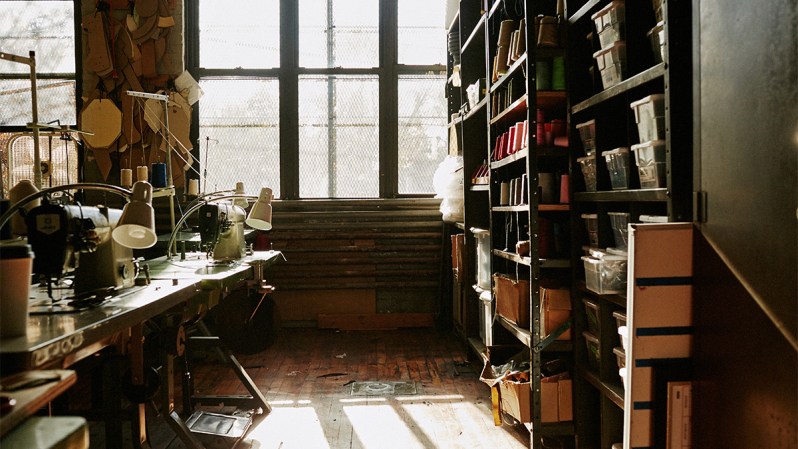
What special fabrics or details characterize the collection?
We generally work with all natural fibers. A lot of our fabric collection comes from Japan or the Carolinas and is loomed on the same machinery used back in the day. Most of the inspiration behind the fabric we use comes from utilitarian times of workwear, military, etc.
We run a lot of washes on our garments to help break in these fabrics so that when they make it to the customers’ hands they can feel comfortable wearing the item right away without having to worry about breaking it in for a year first. Some items we keep raw but for the most part we would rather handle the washing than you.
Outside of that it would be our attention to detail and construction. We are very particular on how we finish seams and what machines we use to make sure the garment is as beautiful on the inside as out.
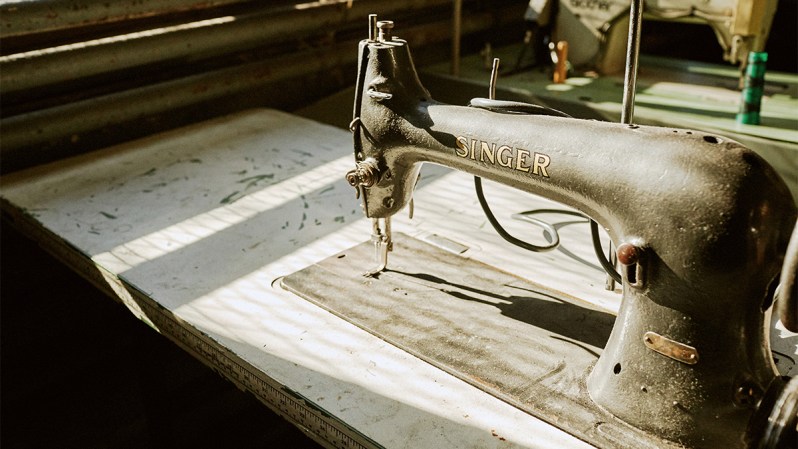
What are your plans for the future?
It’s an interesting time for our industry right now. When you look at the speed at which it is moving and the rise in accessibility for products, it is important that we don’t fall victim to trend. With that in mind we focus on essentials. A lot of brands talk about “essentials” as if it’s a sort of predetermined category, which often goes undisturbed. For us it is our goal to rethink essentials; for essentials to be celebrated for their diversity while still being uniquely yours, the consumer.
Tell me about the special programs you offer.
In focusing on direct to consumer one of our first initiatives been launching The Cutting Room, a web-based platform on our website for monthly releases. It is a crowd funding platform, which rewards participating consumers with below retail prices, for helping us in bringing new products to life. Not only will this help the wallet of our consumer but it also allows us to increase cash flow through steady releases and gives us the ability to be more creative and less wasteful as quantities manufactured will be in tune with consumer demand.
Consumers will also have the option of purchasing products similarly to say a Spotify subscription where they can purchase the product through monthly payments. This option is already live with our current products. Materialistically speaking I believe people want less items and with those items they look for greater value, which is where we come in.
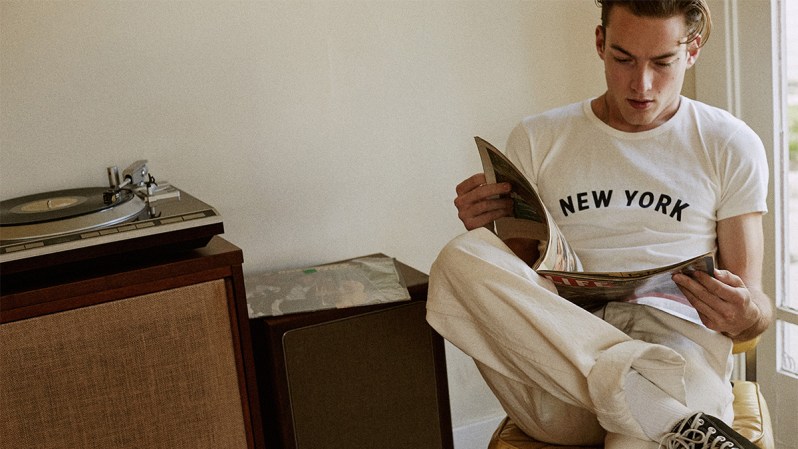
How often do you release new designs?
We have our seasonal offerings but we really try to be more in touch with the seasons, which the Cutting Room is great for. The Cutting Room keeps things exciting and engaging as we launch new products on the first Monday of every month.
What are some of the top reasons readers of The Manual should buy and wear your clothing?
Well, I’ll do my best to educate but I’m not going to tell anyone why they should buy our product. All I ask is for people to purchase with intent and understanding; to not buy frivolously and know where the goods are coming from. Being socially responsible for these actions quite literally means to act in a way that benefits society at large.
At the end of the day we are a business and we need to make money but more importantly we all need to move in the same direction towards positive change. If our values and identity line up with yours then we hope you’ll look to us for your next purchase.


